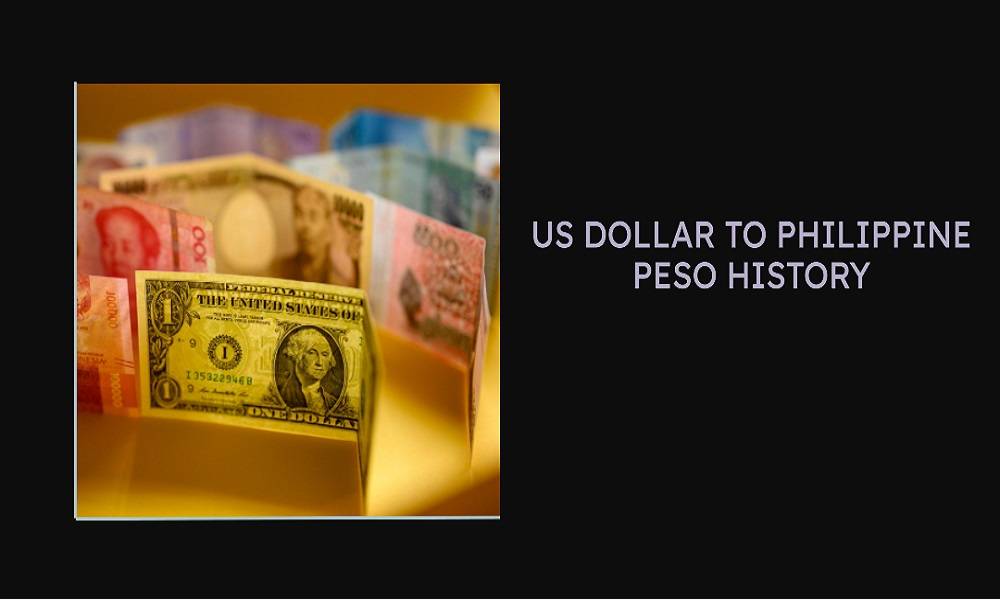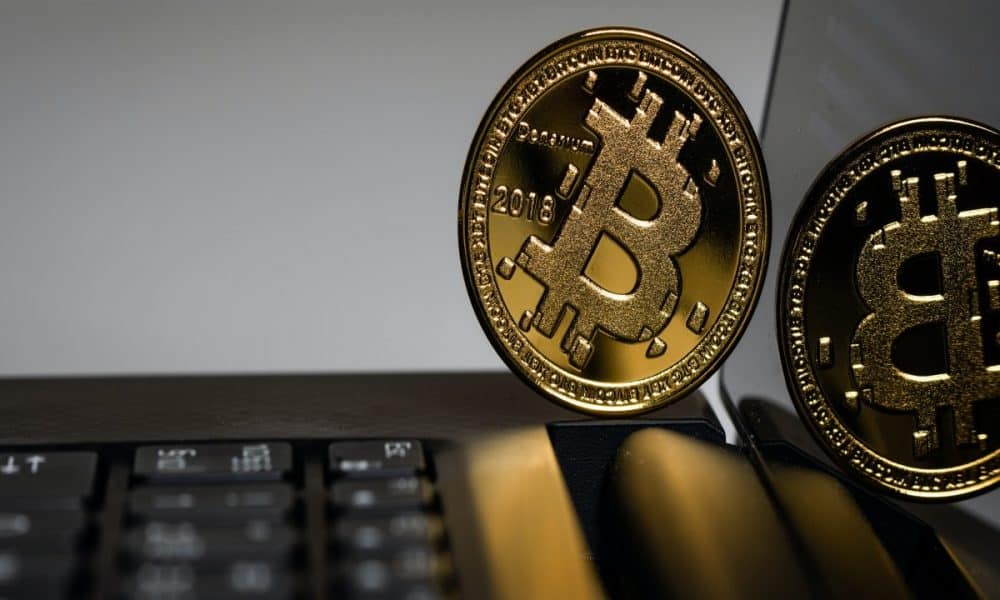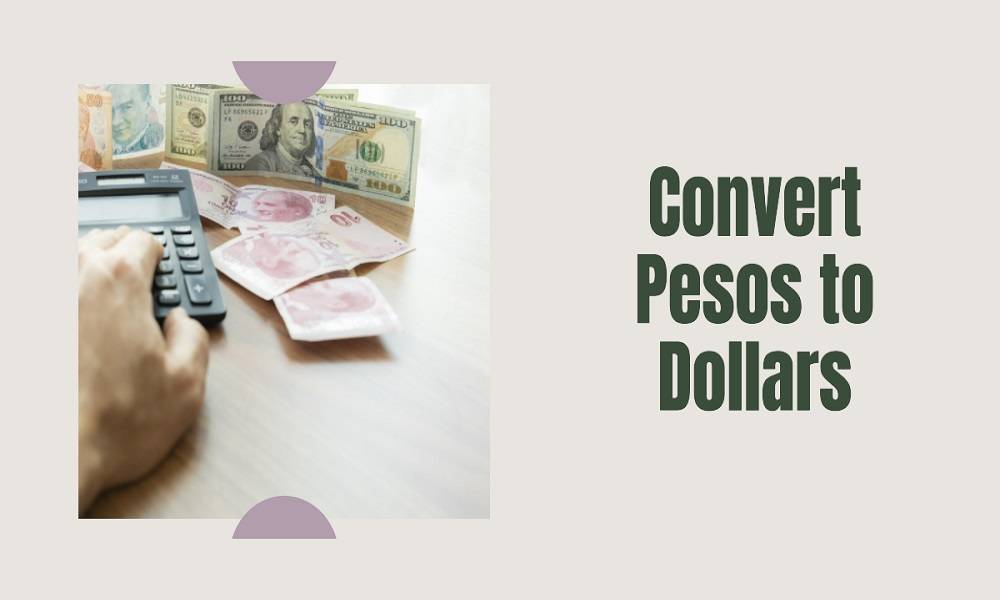US Dollar To Philippine Peso History

The history of the exchange rate between the US Dollar (USD) and the Philippine Peso (PHP) isn’t just about numbers; it’s a tale that intertwines economics, politics, and cultural shifts. While most focus on current rates, understanding the backstory provides context and insight into the complexities of global finance.
The Peso’s Origins and Early History
The Philippine Peso has Spanish roots. Named after the Spanish dollar or “pieces of eight,” it was introduced during the 16th century by Spanish colonizers. By the end of the 19th century, however, the Philippines was ceded to the United States following the Spanish-American War, a pivotal event influencing the Peso’s history.
The Gold Standard Era (1903-1949)
Upon American colonization, the Philippines shifted to the Gold Standard Act of 1903, pegging the peso at half the value of the US dollar. Thus, PHP 2 was equivalent to USD 1. This parity continued until World War II, although occasional fluctuations were inevitable due to global economic conditions.
The Post-War Period and Independence (1946-1964)
With the devastation of WWII, the Philippines saw its currency devalued. The parity of PHP 2 = USD 1 was restored in 1946, concurrent with the country’s declaration of independence. However, the 1960s brought more global economic changes, leading to the Peso devaluing to PHP 3.90 = USD 1 by 1965.
The Martial Law Era (1972-1986)
During the controversial period of Martial Law under Ferdinand Marcos, the Peso underwent significant devaluation. From PHP 3.90 to PHP 20 = USD 1, economic mismanagement and political instability were the prime culprits.
Post-EDSA Revolution to the Millennium Turn
Post-Martial Law, stabilization of the Peso became a priority. The Central Bank underwent restructuring, becoming the Bangko Sentral ng Pilipinas (BSP) in 1993. Their monetary policy measures, coupled with economic reforms, led to improved but fluctuating rates of PHP 25-55 = USD 1 through the late 90s and early 2000s.
The 21st Century and Current Dynamics
The 21st century saw the Peso dancing between PHP 40-55 = USD 1. Several factors influenced this, including remittances from Overseas Filipino Workers (OFWs), the Philippines’ growing Business Process Outsourcing (BPO) industry, and geopolitical events such as the 2008 financial crisis.
Factors Influencing the USD/PHP Exchange Rate
- Economic Health: A stronger Philippine economy typically strengthens the Peso.
- Political Stability: Political events and shifts can cause investor confidence to wane or bloom.
- Geopolitical Issues: Global events, especially those involving the US, can affect the USD/PHP dynamics.
- Remittances: The Philippines is among the world’s top recipients of remittances, which impacts foreign exchange reserves and the Peso’s strength.
- Trade Balance: An excess of imports over exports can weaken the Peso against the Dollar, and vice versa.
Frequently Asked Questions
Q.1) Why did the Peso devalue during the Martial Law era?
A combination of political instability, economic mismanagement, and global economic factors led to significant devaluation during this period.
Q.2) How do OFW remittances influence the Peso?
Remittances contribute significantly to the country’s foreign exchange reserves, strengthening the Peso when they increase.
Q.3) Is the PHP always pegged to the USD?
No, while historical ties exist, the PHP is influenced by various global currencies and factors, not just the USD.
Q.4) What role does the Bangko Sentral ng Pilipinas (BSP) play in managing the exchange rate?
The BSP implements monetary policies to ensure economic stability and manage inflation, indirectly influencing the Peso’s strength.
Conclusion
The history of the USD to PHP exchange rate reflects the dynamic relationship between two nations, molded by historical events, economic policies, and global phenomena. While rates may shift, understanding this rich backstory helps both investors and laymen alike grasp the intricacies of this crucial economic indicator.








